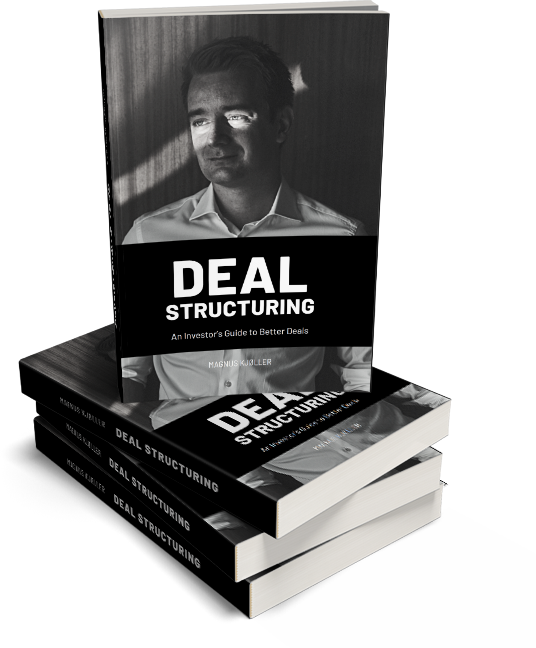Question & Answer
What Are the Key Components of a Good Term Sheet?

A well-structured term sheet lays the foundation for any successful investment or acquisition deal. It serves as a roadmap, outlining the key terms and expectations before legal agreements are drafted. While largely non-binding, a good term sheet aligns all parties early in the process, preventing costly misunderstandings down the line.
Why the Term Sheet Matters
Think of the term sheet as the architectural blueprint of a deal. It doesn’t construct the final structure, but it ensures all the critical elements are in place. Investors and founders use it to define valuation, ownership rights, governance, and future obligations before committing to legal contracts.
A strong term sheet is clear, concise, and strategically structured. Overcomplicating it can slow negotiations, while being too vague can lead to disputes. Striking the right balance is key.
Essential Components of a Term Sheet
While term sheets vary depending on the deal type, the core elements typically include:
- Parties Involved – Clearly define who is entering the agreement. This includes legal entities, investors, and any relevant stakeholders.
- Investment Amount and Valuation – The agreed funding amount, pre-money and post-money valuation, and the number of shares to be issued.
- Ownership and Equity Breakdown – How much of the company the investors will own and what type of shares they will receive (common or preferred).
- Liquidation Preference – Determines who gets paid first in an exit event. A typical 1x non-participating liquidation preference ensures investors get their money back before founders and employees see returns.
- Anti-Dilution Protection – Protects investors from dilution if the company raises funds at a lower valuation in the future.
- Board Composition and Control – Who sits on the board, how many seats investors get, and what decisions require board approval.
- Voting Rights – Whether investors receive special voting rights or veto power over major decisions like acquisitions, hiring executives, or future fundraising.
- Drag-Along and Tag-Along Rights – Drag-along clauses ensure minority shareholders must sell their shares in a majority-approved sale, while tag-along rights protect smaller investors by allowing them to sell under the same terms as majority shareholders.
- Exclusivity Clause – Prevents the company from negotiating with other investors for a set period while the deal is being finalized.
- Confidentiality Clause – Ensures that deal terms and company information remain private during negotiations.
- Breakup Fee (if applicable) – Some term sheets include penalties if one party walks away without cause, discouraging unnecessary renegotiations.
Example: How a Well-Structured Term Sheet Prevents Conflict
Imagine a startup raises $5M from a venture capital firm. If the term sheet is vague about liquidation preference, the founders may later realize investors have a 2x preference, meaning investors take $10M before common shareholders receive anything.
However, if the term sheet had clearly defined a 1x non-participating liquidation preference, all parties would have been aligned from the outset, preventing disputes down the road.
The best deals start with strong term sheets. By clearly defining the key terms – valuation, equity rights, governance, and investor protections – both investors and founders ensure a smooth, transparent negotiation process.

Deal Structuring
Buy the book today and dive into practical techniques that empower you to get started immediately, navigating transactions efficiently and maximizing your success in minimizing cash requirements.
In this book, you will:
- Be introduced to the fundamentals of deal structuring
- Learn 19 proven deal models for structuring deals
- Discover 39 key elements of deal nuances
- Access 32 actionable clauses for your term sheets
- Explore 9 specific deal structures
- Receive 257 pages of invaluable insights
- Gain the distilled expertise of 20 years